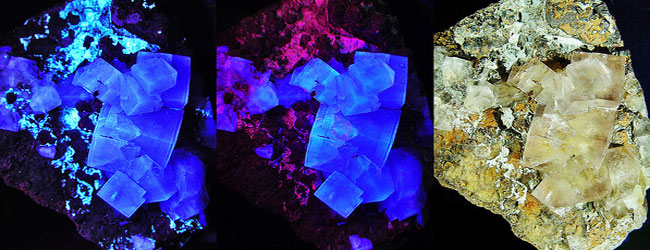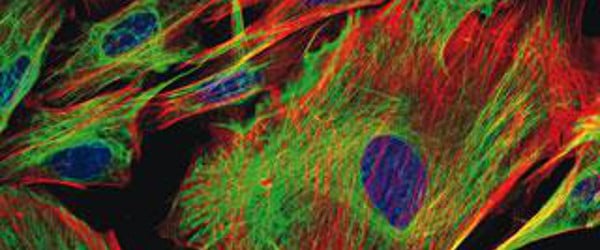Immunohistochemistry staining uses antibodies to detect epitopes for targeted staining and while this assay is easy in theory, in practice it is finicky! Achieving good immunohistochemistry signal-to-noise ratio involves many factors, including a good blocking protocol. Insufficient blocking will result in high background noise and over-blocking can mask your signal.
Read below to learn about different blocking protocols and how to get the best immunohistochemistry results.
Blocking Methods
Blocking takes place after your sample is fixed, mounted, cleared, unmasked, and immediately before incubating your sample with your primary antibody. Blocking incubations can last anywhere from 30 minutes to overnight, and can be performed at room temperature or at 4°C. In principle, any protein that does not specifically bind to your epitope of interest, or to the antibodies in your immunohistochemistry assay, can be used to block. However, there are some common favorites:
Normal Serum
Normal serum is perhaps the gold standard of blocking agents, but it can be more expensive than other methods. In this method, blocking is done with normal (unchallenged) serum from the same species that the secondary antibody was raised in. Normal serum carries antibodies that will bind to the non-specific epitopes in your sample, thus blocking your conjugated antibodies from doing the same. This method works especially well if dealing with messy polyclonal antibodies.
Caution: It is important that you do not use normal serum from the primary antibody source, as serum proteins from this source will be recognized by your secondary antibody – making your background staining worse, not better.
Protein Buffers
In this method concentrated protein buffers are used to compete (or block) your antibody from binding to nonspecific epitopes in your sample. The idea is that your antibodies will not bind to your nonspecific epitopes any better than these nonspecific protein competitors will. Thus high concentrations of these protein competitors can out-compete your antibodies and lower your background noise. This method is often the most economical, and often works well for monoclonal antibodies. Common protein blocking buffers are: 0.1 to 0.5% bovine serum albumin (BSA), gelatin or nonfat dry milk.
Commercial Mixes
There are a variety of commercial blocking buffers on the market. These buffers are usually made of concentrated single proteins, or of proprietary protein-free compounds. Many of these commercial buffers work better than gelatin or milk. So, if you are still not getting desirable blocking results with traditional blocking methods, you may want to spend a bit more and try a commercial option or two.
Optimizing Your Blocking Protocol
The goal of all blocking agents is the same: To improve the sensitivity of your immunohistochemistry assay by reducing nonspecific background noise and improving your signal-to-noise ratio. However, your best blocking protocol will depend on your sample type, antibody source, detection method* and if there is unanticipated protein-protein interactions. Therefore, you will need to test multiple blockers and conditions to empirically determine your optimal blocking method.
* Not all blocking agents and buffers are compatible with all detection methods. For example, alkaline phosphatase conjugates are not compatible with any sodium azide preservative in your buffers, and avidin-biotin complex system is not compatible with non-fat dry milk.
Happy Blocking!
Want to know more about histology and immunohistochemistry? Visit the Bitesize Bio Histology Hub for tips and trick for all your histology experiments.







